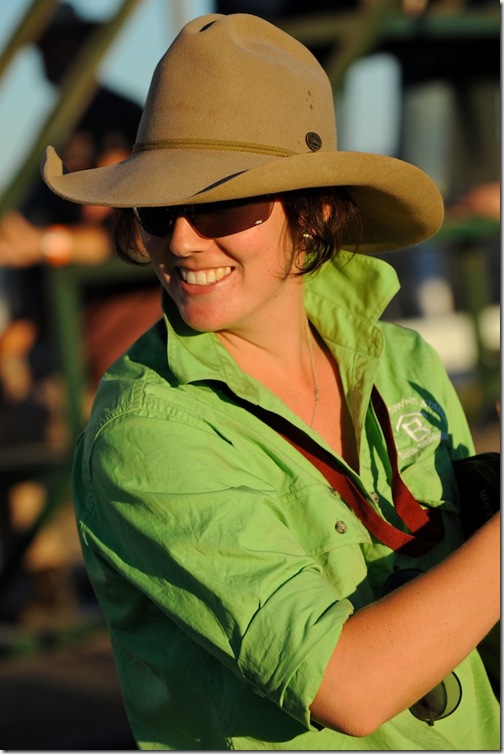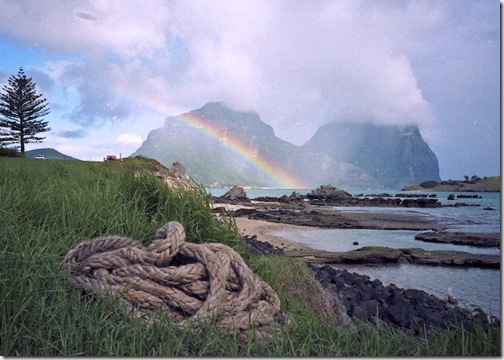I really love the complexity of Regional Australia. You can't see it from the air or along the main freeways: everything blurs into a sameness. You have to get to get off the highways and simply wander.
I mention this only because the Broke area in the Hunter Valley has just had a little Italy Festival among the local wineries. Now I know the area reasonably well, although it is a little time since I visited. Because my memory was imperfect, I spent a pleasant half hour on Google maps just refreshing myself as to how the area fitted together.
Google maps really is an invaluable aid. In both my historical research and in my broader writing, I constantly find myself wanting to sort out local detail.
Mind you, Google maps is far from perfect. A good atlas or relief map is absolutely necessary in some cases if you are to understand the patterns of life and the geography that underlies them.
Each valley in Regional Australia has its own story. Sometimes those stories have been lost because rural depopulation has removed local people and visible signs. Then you have to dig. At other times, locals have fought to retain their heritage and to explain it to outsiders.
In all cases, the sometimes subtle variations in the natural environment provide constant variety.
You cannot understand these from a car. When travelling, I stop. Sometimes I just stand and look around. At other times I walk around to see what I can see. Sometimes I find nothing to see. At other times, I find unexpected pleasures - a view, a rock structure, particular grass types, some secret of primary production.
I accept that I am naturally curious, willing in most cases to forgo the need to get from point A to point B in the fastest possible time. yet the unexpected pleasure that I have got from stops and meanders is quite remarkable. Why don't you try it sometime.
 to this blog over the year to the end of October.
to this blog over the year to the end of October.




